Are you planning a trip to Nagano, Japan? This gem of a city in the Nagano Prefecture is a must-visit destination filled with remarkable attractions and activities. My first encounter with Nagano was en route to the famous Snow Monkey Park, and I was amazed by the multitude of captivating things to do in Nagano. I dipped in an authentic hot spring, climbed unbelievable mountains, enjoyed water activities at Lake Kizaki and even skied at some of the best ski resorts in the country!
For those seeking the ultimate Nagano sightseeing experience, you’re in for an absolute delight. Nestled amidst awe-inspiring mountains that peak at 2,353 meters (7,719 feet) and located along the confluence of the Chikuma River, Japan’s longest and widest river, Nagano is a picturesque city brimming with natural beauty and top attractions.
The Nagano city is literally just a 10-minute walk from the Nagano station, which is easily reachable by Shinkansen from Tokyo. And you know me, I always advocate that you purchase a JR Pass to ensure you have freedom to travel all around Japan during your visit.
From my experience, I recommend spending at least 3 days exploring Nagano and its surrounding area. If you love the great outdoors, then you might want to extend your visit here, especially if you intend to enjoy some popular trails and ski resorts.
Ready to explore Nagano? Nagano and its surrounding areas provide a lot of fun all year round for those who visit, and I will give you my best recommendations on what to see. Here are my favourite activities in Nagano, with all the attractions I loved and recommend.
Table of Contents
- Visit the Zenko-Ji Temple
- Visit the Snow Monkeys
- Matsumoto Castle in Nagano
- Skiing in Nagano
- Try Nagano Local Cuisine
- Relax in an Onsen
- Walk the Togakushi Shrine Path
- Togakushi Forest Botanical Garden
- Relaxing at Lake Kagami
- Go Hiking in Kamakochi
- Nagano Prefectural Shinano Art Museum
- Nagano City Museum
- Where to stay in Nagano?
- How to get to Nagano
- By train
- By bus
- Final thoughts
- Frequently Asked Questions
Visit the Zenko-Ji Temple

Nagano is well known for its famous 1400-year-old Zenko-ji temple, a National Treasure and an important Buddhist temple in Japan. Nagano grew to the large city it is today from a temple town, developed around the temple grounds of Zenko-ji.
This Buddhist temple dates back to the 7th Century. It is one of the country’s most significant sites since it houses the first Buddhist statue ever to be brought to Japan, known as the ‘hibiutsu’, which is a hidden statue not publicly displayed. ZenkoJi temple remains one of the last pilgrimage locations in Japan, and it is an extraordinary place to visit in Nagano.
If you wish to see how the original Buddha statue looks like, there is a replica of this same statue shown to the public once every six or seven years in springtime. The ceremony of showing the statue is called Gokaicho. During the ceremony, the replica statues is moved into the inner sanctuary and shown to visitors. The last Gokaicho was held from March until June 2022 so the next time to enjoy this experience is 2028 or 2029.
There is a small fee to enter the Sanmon Gate and to see the main altar at the main hall.
Visit the Snow Monkeys
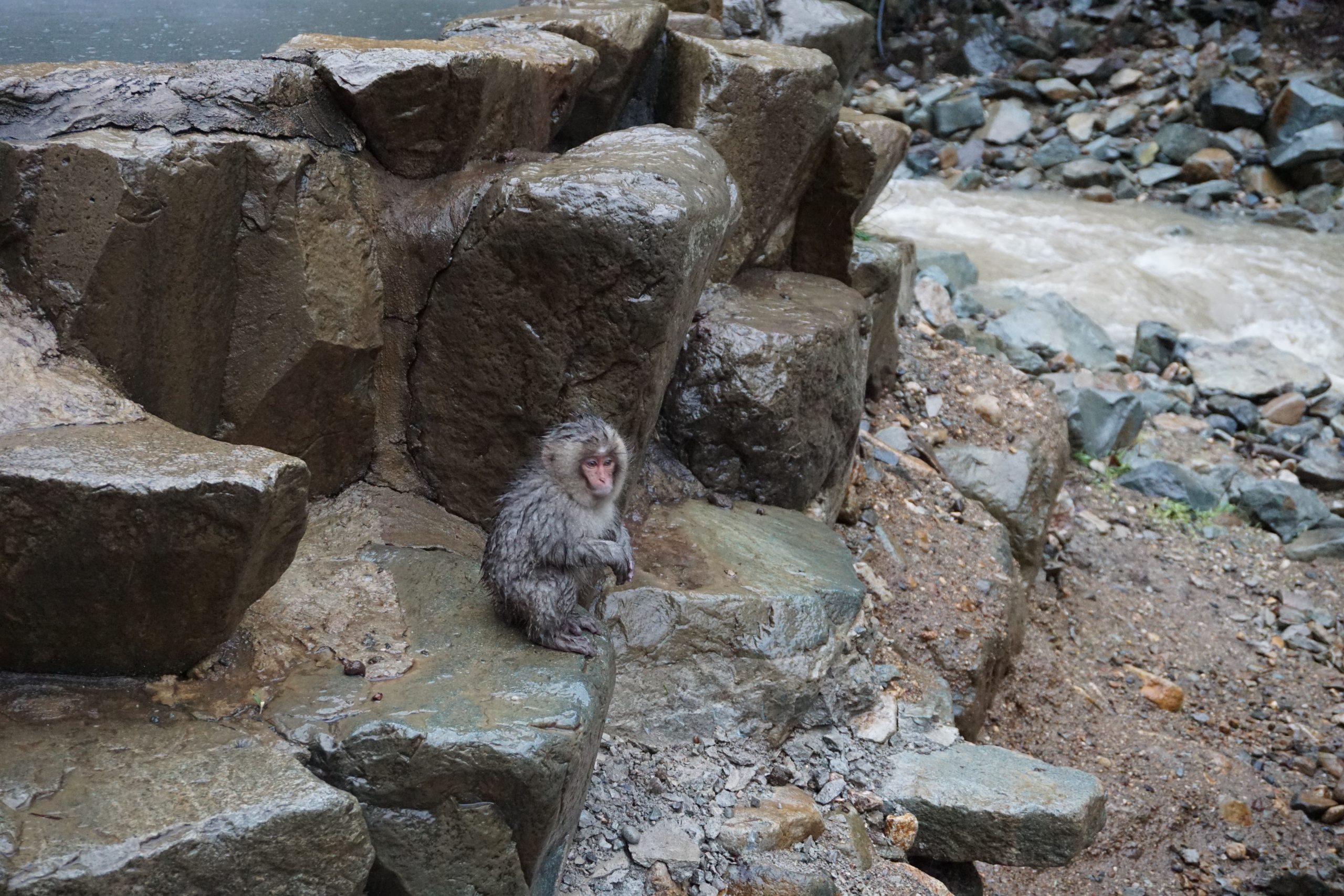
Most people come to Nagano en route to the Snow Monkey Park. I mean, who doesn’t want to see cute snow monkeys bathing in an open air onsen? To get to the Snow Monkey park, you need to get from Nagano to Jigokudani. Don’t worry, it’s a bus ride away. From the bus stop you will then have a wonderful walk through a forested path which looks out of this world.
The Jigokudani Monkey Park has been up and running since 1964 and is one of the top things to do in Nagano and all of Japan, for that matter, so this experience cannot be missed. I normally do recommend it as part of your 3 weeks in Japan itinerary.
The monkeys, known as Japanese macaques, live in this dedicated conservation area and bathe in the springs all year round, making it something to experience, regardless of which time of the year you visit. In my opinion, visiting in the winter is the most exceptional, as the area looks truly stunning, covered in snow.
Matsumoto Castle in Nagano

When in Nagano, you have to see the beautiful Matsumoto castle, one of Japan’s top castles. It’s also known as Crow Castle, given its stunning black exterior.
Matsumoto castle is one of five Japanese castles that have been declared national treasures, making it one of the top attractions to visit from Nagano. Dating back to 1592, this impressive six-story castle is a joy to discover, and the views of the Japanese Alps from the narrow wooden windows within the castle are outstanding.
What makes Matsumoto castle unique is its secondary donjon and turret adjoined to its main keep. Several festivals take place here, too, including the Taiko Drum Festival and the evening performances of Takigi Noh – an ancient form of Japanese theatre. If you want to see the famous cherry blossoms in full bloom, this is the perfect spot to visit in Spring.
Skiing in Nagano

If you are like me and love winter sports, then you are going to love Nagano. Nagano is nestled between towering mountains, many of which offer great winter sports opportunities. In addition, the area of Nagano is home to 86 ski resorts, which open between November and April, and skiing or snowboarding here is one of the most popular things to do in Nagano. You can expect deep snow and do note that popular resorts book well in advance.
Since the area gets abundant snow each year, Nagano is a prime spot for skiing enthusiasts to venture off to. The best ski resorts to visit are Hakuba, featured in the 1998 Winter Olympics; Fujimi Panorama Resort, which is very family-friendly; and Shiga Kogen Ski Resort, one of the largest ski areas in Nagano. Nagano is a world-class ski region; getting up close and personal with the slopes here will be an unforgettable experience.
The best time to visit Nagano to enjoy skiing, go in January and February. You’ll have the nicest snow, and it’s an excellent time to enjoy some great matsuri. Make sure to enjoy the onsen life in Japan after you hit the slopes for total relaxation.
Top tip: For a fantastic combination of skiing and hot springs, visit Nozawa Onsen!
For an off the beaten path ski resort, I would recommend visiting the Togakushi Ski Resort, which is just an hour away by bus from the JR Nagano station. It’s an ideal place to ski because it’s not as popular, yet still surrounded by superb mountains. It’s very popular with locals especially.
Try Nagano Local Cuisine
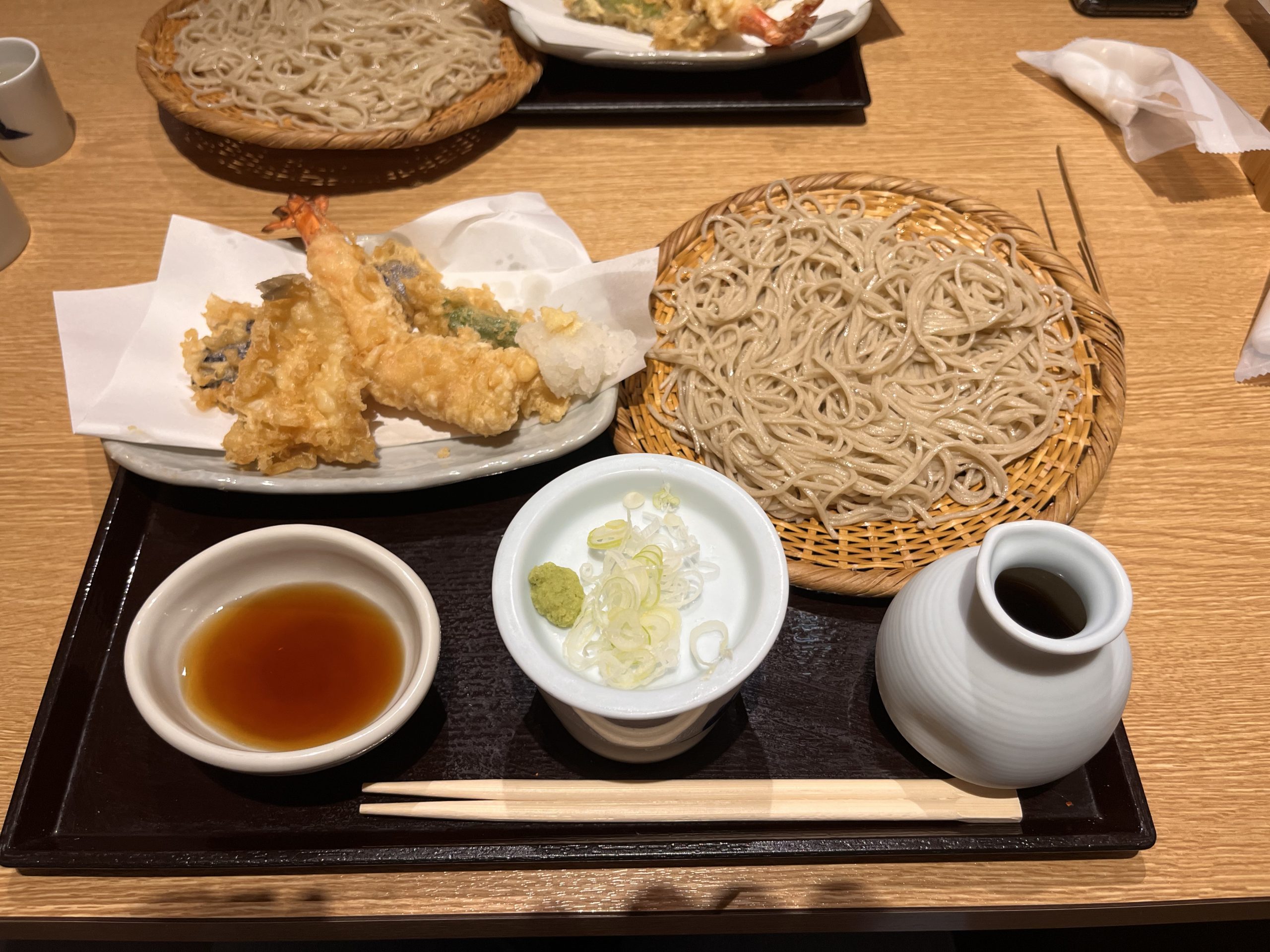
Foodies LOVE Japan because of the authentic, fresh dishes you can get at the drop of a hat. Can we be real a bit? Japanese food is really the best in the world. You definitely eat with your eyes as all dishes look so picture-perfect, and they taste wonderful too.
Besides the usual sushi and ramen dishes, each region has local specialities, including Nagano. Make sure to try Shinshu Soba, Gohei Mochi, Oyaki Dumplings, Soba Gaki, and horse meat sashimi (Basashi), which may not be for the faint-hearted but is a true delicacy for food enthusiasts.
Make sure to visit Uzuraya, a soba restaurant, which almost always has a queue. To try local soba and basashi together, head to Soba Restaurant Kippo. If you are on a budget, don’t forget to check out some department stores at the JR Station, where you will find an array of fantastic cooked food.
Relax in an Onsen

Japanese onsens are natural hot springs which get their hot water pumped from deep within the earth. Since Japan is a volcanic country, there is never any lack of onsens, regardless of where you go, and a visit to Nagano means you can try some of the best hot springs in the country.
If you are in Nagano for winter sports, you MUST go to Nozawa Onsen, which I mentioned earlier, since it is a famous snow resort village offering the best of both worlds. Can you imagine finishing a day on the slopes with a soak in an onsen? Just bliss! Some other onsens in Nagano include Yudanaka Shibu Onsen (which I loved the most), Jigokudani Onsen (best if you want to visit the snow monkeys), Hakuba Happo Onsen and Kagai Ichoyoukan.
Make sure to familiarise yourself with the Japanese onsen etiquette, as some hot spring establishments don’t allow people with tattoos in. Also, remember that you need to enter the hot spring entirely naked.
Walk the Togakushi Shrine Path

I love the great outdoors, and always search for an opportunity to take a deep of fresh air in nature. If you’re after peace and quiet, then add the Togakushi Shrine to your list of places to visit in Nagano, which is at the base of Mount Togakushi in Myōkō-Togakushi Renzan National Park.
The shrine features a path that winds through the Togakushi village and the forest, leading you to the summit. The most incredible feature of the path is the lush forest, with a section which goes through tall and ancient red cedar trees. It’s the perfect place to forest bathe.
Bring good walking shoes and a sense of adventure for this hike, and the best part is that along the way, you get to enjoy five different shrines.
The five shrines you will spot along the way have great religious and historical significance:
- The Hōkō-sha or lower shrine is to a patron goddess, protecting maternity, academic life, and sewing
- The Hino-miko-sha is the God of fire and performing arts
- The Chū-sha, or middle shrine, is the God of wisdom
- The Oku-sha, or upper shrine represents God’s marvellous rocks
- The Kuzuryu-sha is the God of rain and the landowner God of the local Togakushi villages
While you are in Togakushi, I recommend visiting the Togakushi Folk Museum, also known as the ninja house. This museum is housed in a restored granary from the Edo period. Don’t miss the Shuriken Dojo where you should experience throwing shuriken.
To get here, you will need to take the bus towards Togakushi from stop 7 located in front of Zenkoji temple.
Togakushi Forest Botanical Garden

Close to Togakushi Shrine is also the Togakushi forest botanical garden, which I strongly recommend if you’re visiting during the summer or autumn. Summers come with beautiful lush vegetation. You’ll experience superb hues of green. From the botanical garden you can also make it to the upper Togakushi shrine.
If you visit Nagano in the autumn, then seeing the Togakushi botanical garden is a must. The trails are lined with vibrant autumn leaf colours. There are 71 hectares of botanical garden, with wild grasses and flowers. Along the route you will see green tree frogs, fireflies, and lots of forest birds.
Relaxing at Lake Kagami
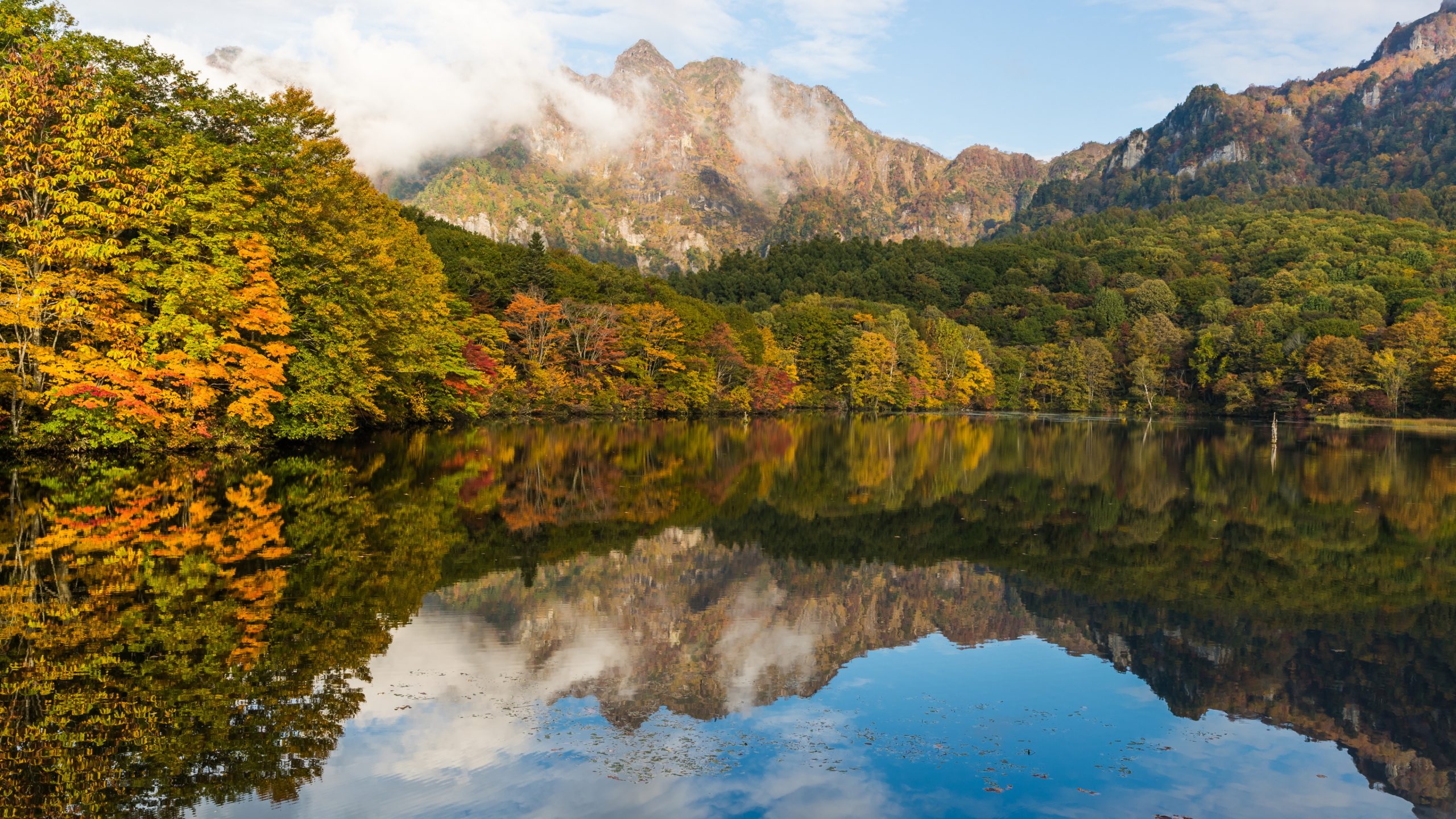
After the Togakushi botanical garden, I recommend that you also visit the Kagami ike pond, which is known for its reflective still water. The name “Kagami-ike” translates to “Mirror Pond” in English. The lake looks absolutely stunning in the autumn, when the vibrant koyo leaves transform the pond into a superb spectacle of colours.
It may be an artificial reservoir, but there is nothing fake about this stunning, mirror-like view from Lake Kagami. One of the best activities in Nagano is to enjoy the reflection of the Togakushi mountain range from the lake, which is breathtakingly beautiful. The name ‘Kagami’ translates literally to ‘mirror’.
Go Hiking in Kamakochi
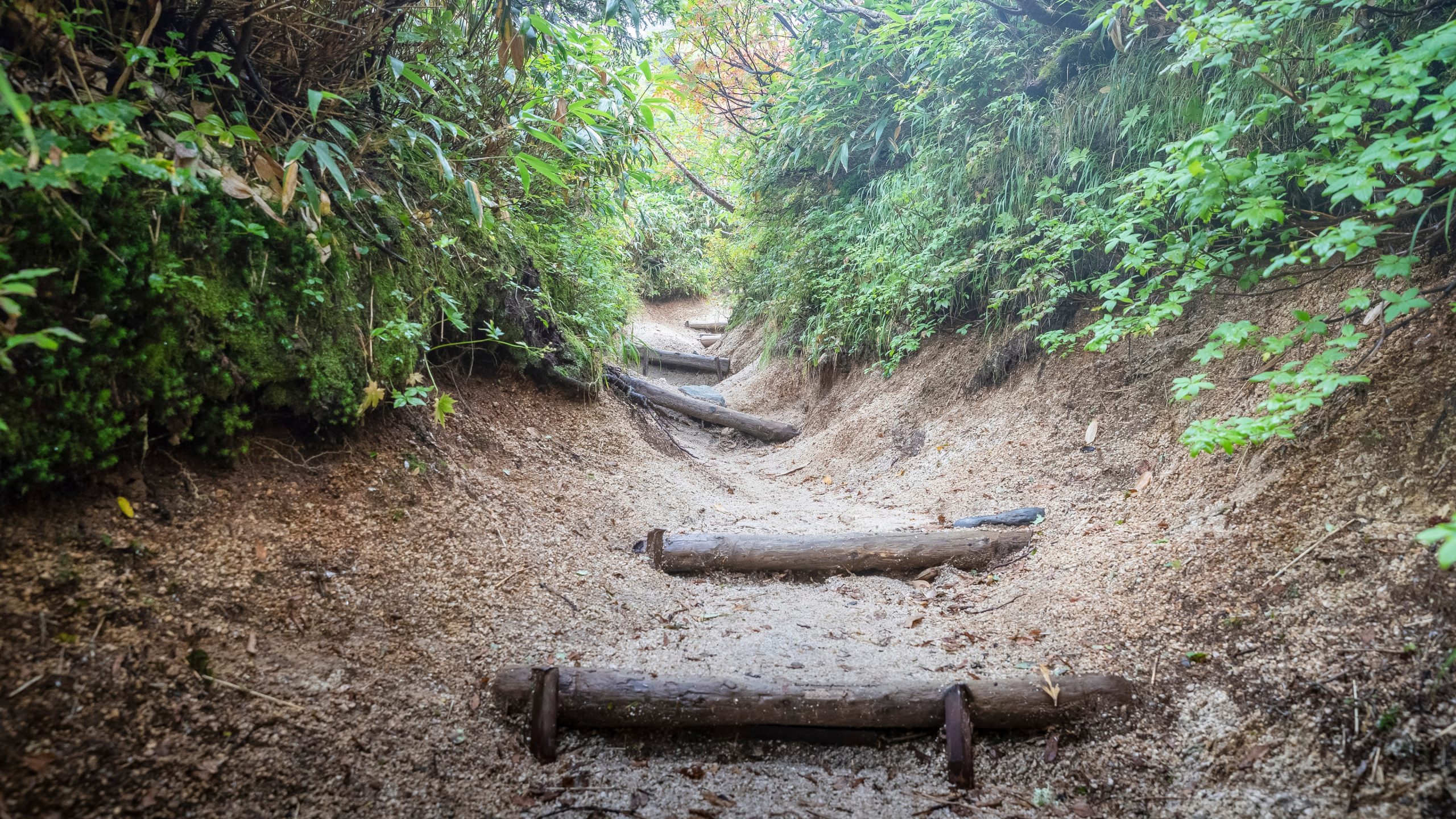
Since mountains surround Nagano, there are endless hiking trails, from short walks to long, challenging routes for avid hikers. Nagano is often referred to as ‘the roof of Japan’ which makes the area a joy for hikers. There are some peaks which reach nearly 3000 m high but don’t worry there are plenty of easier, accessible hikes too.
I love hiking, so I put together some of my favourite hiking areas in Nagano. Kamikochi is extraordinary for any hiking level, located at the base of the Japanese Alps, within the Chubu Sangaku National Park. Nakasendo in the Kiso Valley is one of the most stunning locations between Shiojiri and Nakatsugawa. This is a very popular hike with well-preserved traditional wooden houses. I also recommend Mount Norikuradake a mighty 3026-meter-high volcanic mountain listed as one of Japan’s 100 famous mountains.
Hiking opportunities are ongoing in the region, and this activity is one of the most popular things to do in Nagano, so make sure to pack some comfortable walking shoes. And yes, even if its wilderness, there are still amenities on the hiking trail. Please remember to pack a hiker’s bell, an accessory extremely popular with hikers in Japan. I first noticed it during my hike in Nikko. Hikers in Japan use it to scare away any wild animals, especially bears.
Nagano Prefectural Shinano Art Museum
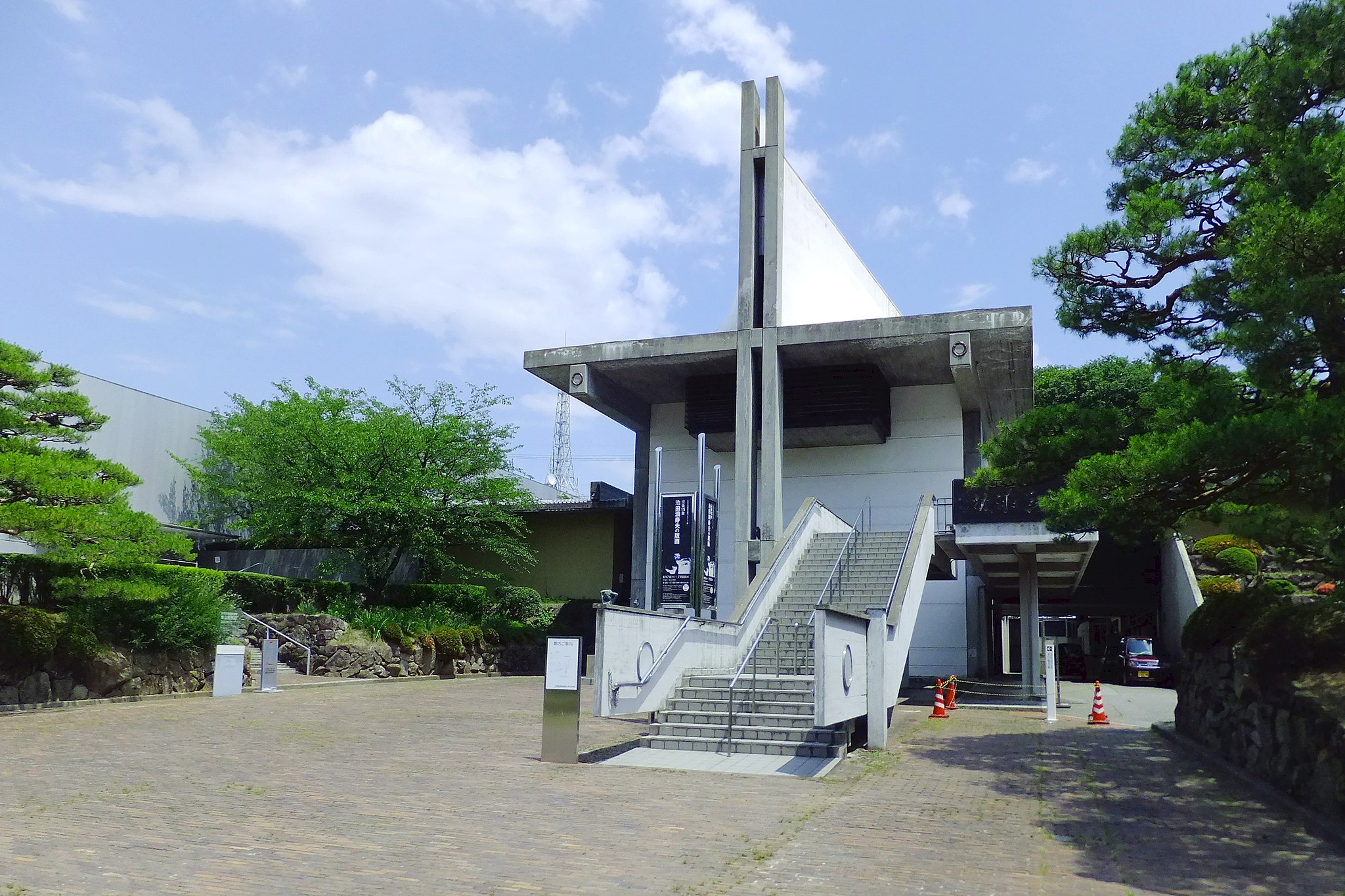
After all the hiking and outdoor activities, I do love to take a break and enjoy some of the local museums. I really enjoyed my time at the Shinano Art Museum located in Joyama Park. It is one of the most famous art museums in this region and attracts art lovers from all over Japan to witness its pieces dedicated to the artists of Shinshu- an old province of Japan.
It has ever-changing fine arts exhibitions with various themes, which lovers of the arts will appreciate, and this is a fantastic cultural experience to enjoy when visiting Nagano.
Nagano City Museum
No trip to Nagano is complete without a visit to the Nagano city museum. The museum is located inside the Hachimanpara Historic Park and I specifically recommend it for its special exhibitions, usually around history and folk customs of the local area. If you happen to visit on a weekend, then make sure to also check the planetarium projections.
The permanent exhibition features information about the natural climate, history, and customs of Zenkojidaira from ancient times.
Where to stay in Nagano?
Nagano has an abundance of remarkable places to stay, and since your accommodation makes your trip that bit more special, it is worth choosing a spot you can feel at home in between exploring. So, here are my recommendations for the best places to stay in Nagano.
- Hotel Metropolitan Nagano: This charming hotel is a fantastic choice when visiting Nagano, and food lovers will enjoy the local and regional food and sake served at the hotel’s restaurant. The hotel is conveniently connected to the station building for easy access, and this comfortable hotel makes an excellent base for exploring Nagano. Book the Hotel Metropolitan Nagano.
- Chisun Grand Nagano: This hotel is a short walk from the train station and nearby attractions, making it an ideal choice for modern accommodation with a great location. You can expect spacious rooms, free Wi-Fi, in-room massage chairs, and an onsite coffee shop for that pick-me-up. Book the Chisun Grand Nagano.
- Jizokan Matsuya Ryokan: Just 250 yards from Zenko-ji Temple, Matsuya Ryokan offers simple Japanese rooms with tatami-mat floors, a green-tea maker and an attached Western bathroom. The hotel features public baths and massage services. Book Jizokan Matsuya Ryokan.
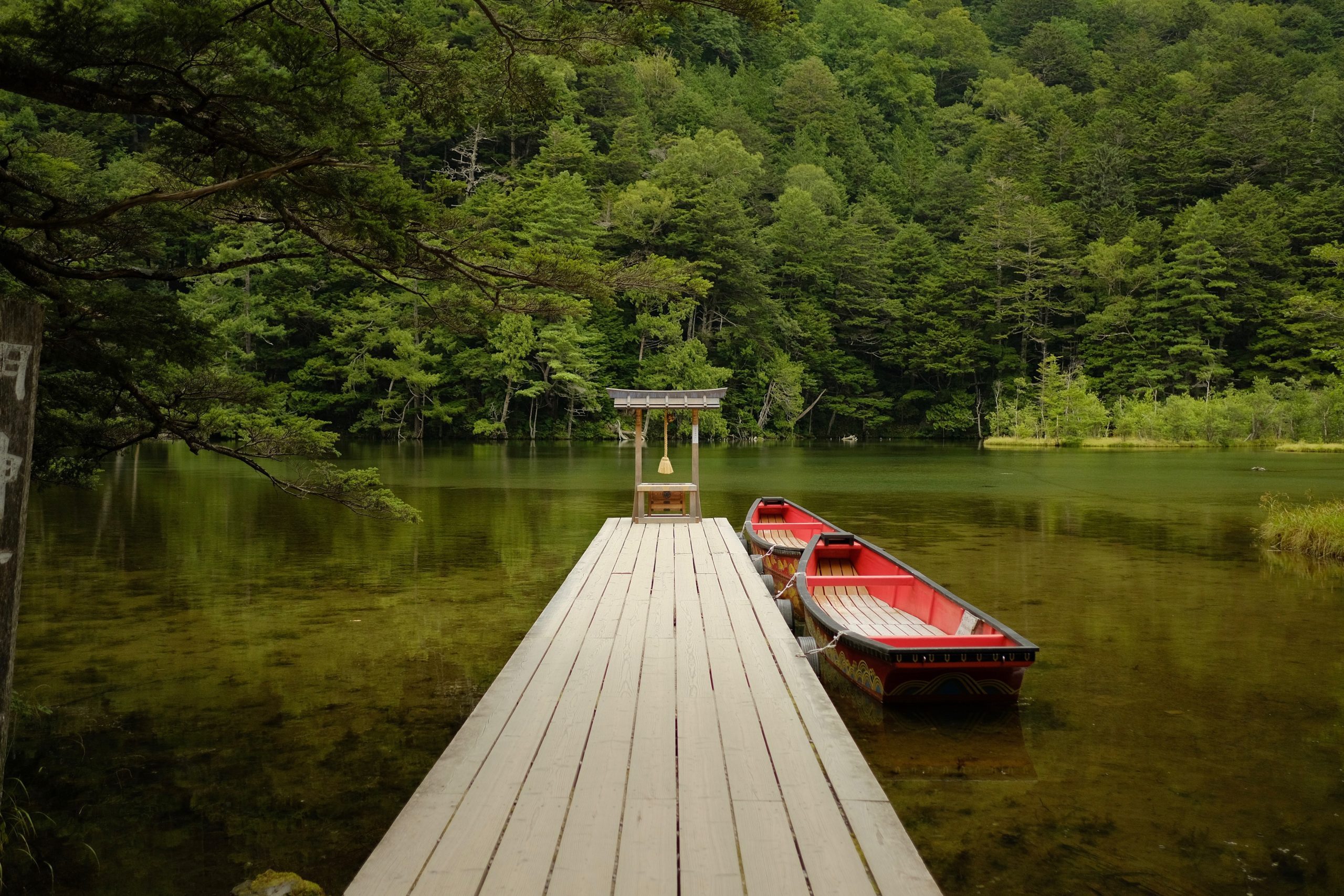
How to get to Nagano
By train
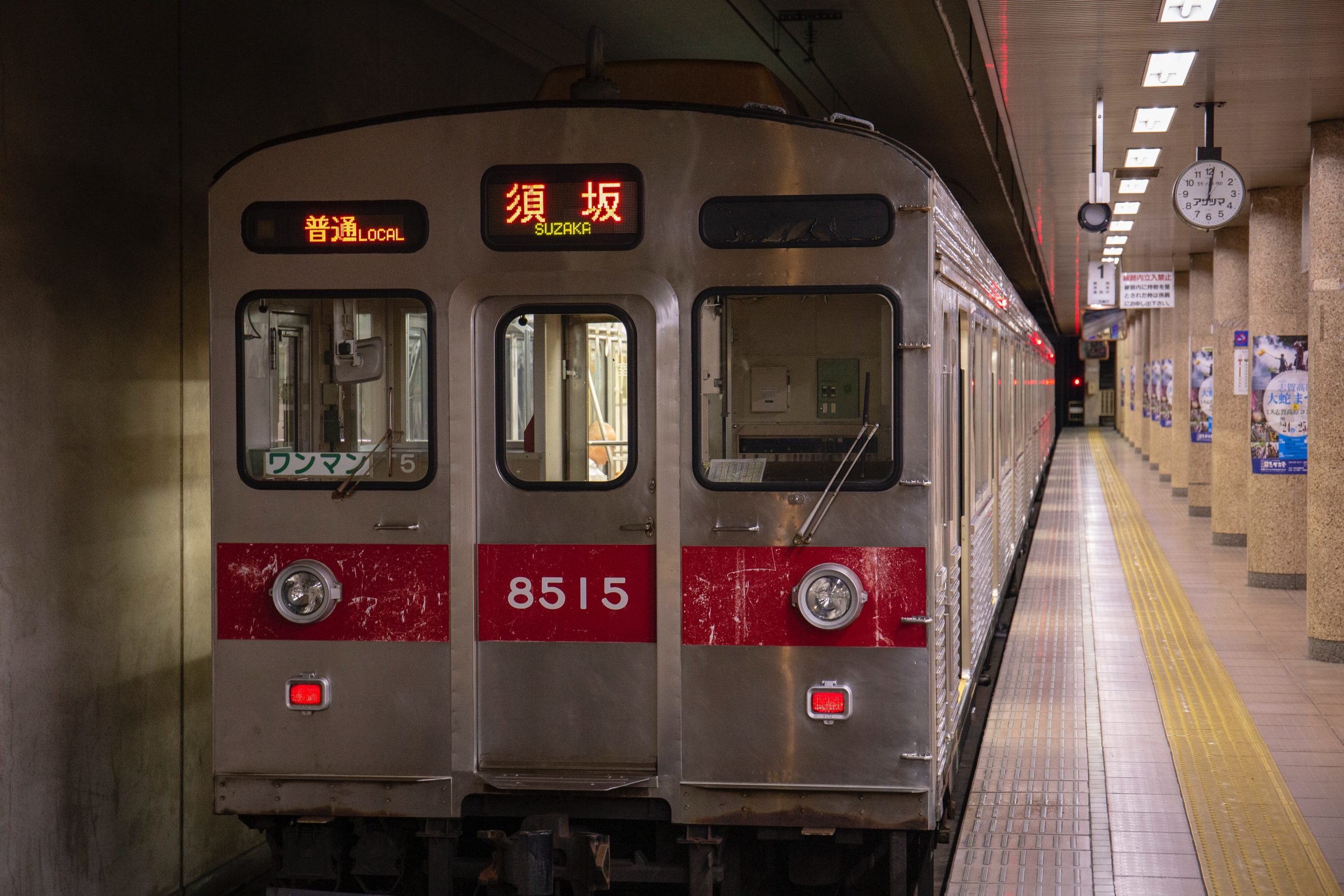
The best way to get to Nagano is by train, and it is easily accessed from Tokyo, as well as both international airports (Haneda and Narita). The bullet train (Shinkansen) is the fastest and most popular way to get to and from different regions of Japan, and the approximate timing is as follows.
- Tokyo – Nagano: Hokuriku-Shinkansen, takes between 1.5 – 2.5 hours
- Osaka – Nagano: Around 4 hours with a changeover in Nagoya
- Kanazawa – Nagano: 1.5 hours
- Niigata – Nagano: Around 2hr 10 minutes with a changeover in Takasaki
The bullet train is included in your JR Pass. So make sure to purchase it before your intended visit to Japan.
By bus
If you prefer to take the bus, multiple buses travel between Tokyo and Nagano during the daytime, and the trip takes around 3.5 hours. I strongly recommend that you go by train, though, as it saves you a lot of time.
Final thoughts
Nagano is one of my favourite cities in Japan because it’s surrounded by mountains. Locals and tourists love it, too, because it’s almost always in the top places to visit and live in Japan. It has mountains, nature, 80 independent ski resorts, and it’s ideal to visit year around. Not only this, but I was so pleasantly surprised to find so much variety of fresh vegetables and fruit available here, grown locally. Nagano and Nagano Prefecture are a must add to any Japanese itinerary, especially given the vast number of attractions, places to visit and top activities.
Frequently Asked Questions
What is Nagano known for?
Nagano is known for its stunning natural beauty, rich cultural history, and numerous attractions. Here are a few highlights that make Nagano stand out:
Snow Monkey Park: The Jigokudani Yaen-Koen, or Snow Monkey Park, is a popular attraction where visitors can observe Japanese macaques bathing in natural hot springs.
Zenkoji Temple: This historic Buddhist temple is one of Nagano’s most iconic landmarks, attracting millions of pilgrims and tourists each year.
Winter sports: Nagano gained global recognition as the host city of the 1998 Winter Olympics, and the region boasts several world-class ski resorts.
Onsen (hot springs): Nagano is home to numerous onsen, including Nozawa Onsen and Shibu Onsen.
Outdoor activities: Nagano’s breathtaking mountains and lakes, such as Lake Kizaki and the Japanese Alps, provide excellent opportunities for hiking and mountain climbing.
Is Nagano worth visiting in winter?
Yes, Nagano is wroth visiting in the winter. There are many places to visit in Nagano, including temples, shrines, and museums.
There are lots of delicious and hearty foods, ideal for winter, like oyaki, sauce katsudon, or the shinshu miso ramen.
Nagano in winter is a must if you love winter sports and the great outdoors, as the region boasts several world-class ski resorts such as Hakuba and Shiga Kogen.
How do you get around Nagano city?
Getting around Nagano City and the surrounding areas is easy thanks to its well-developed infrastructure:
Trains: Nagano Station is the central hub for train travel in the city, connecting Nagano to Tokyo, Niigata, and other major destinations.
Buses: The local bus network is extensive and serves many destinations within Nagano City and its surrounding areas.
Bicycles: Renting a bicycle can be an enjoyable and eco-friendly way to explore Nagano City, particularly its central areas and parks.
Walking: Nagano City’s central area is compact and pedestrian-friendly, so walking from attraction to attraction is especially recommended, as it’s a fun and cost-effective way to explore.

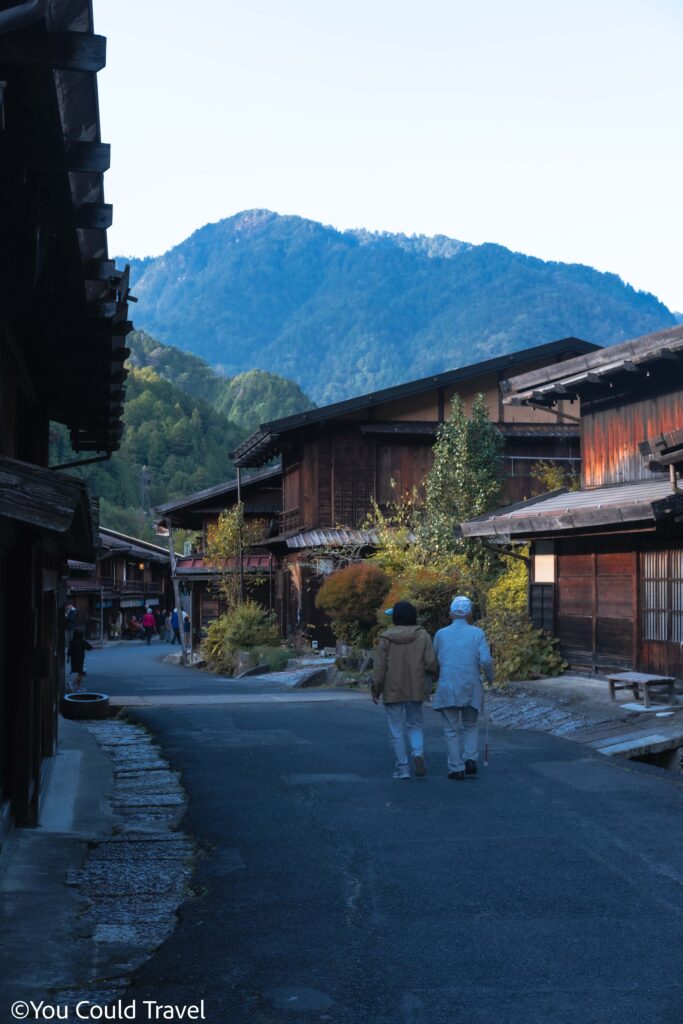

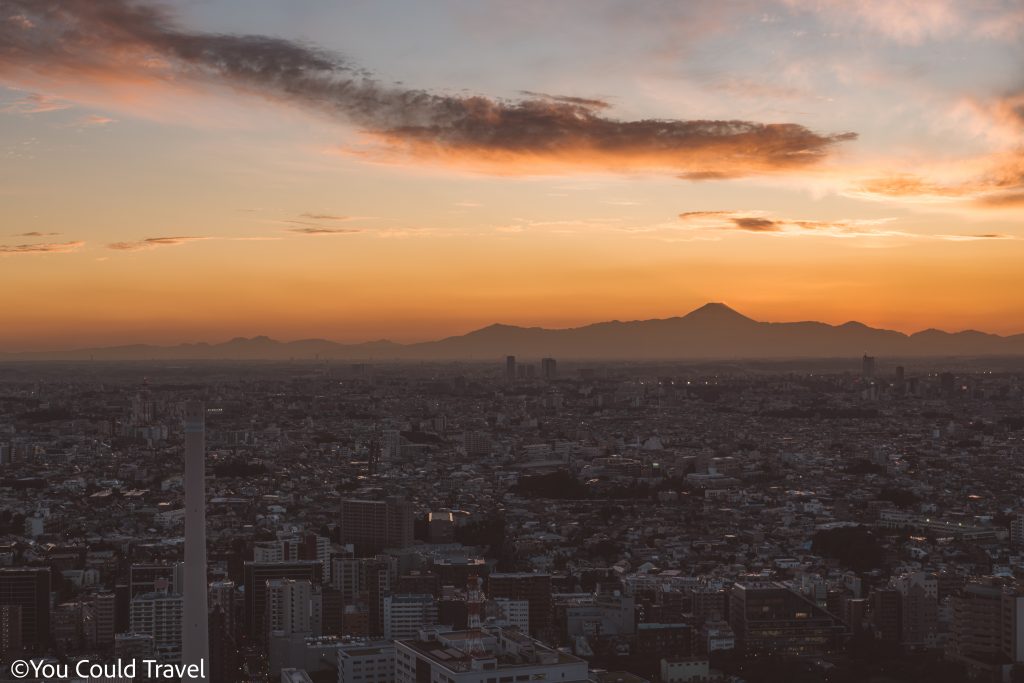


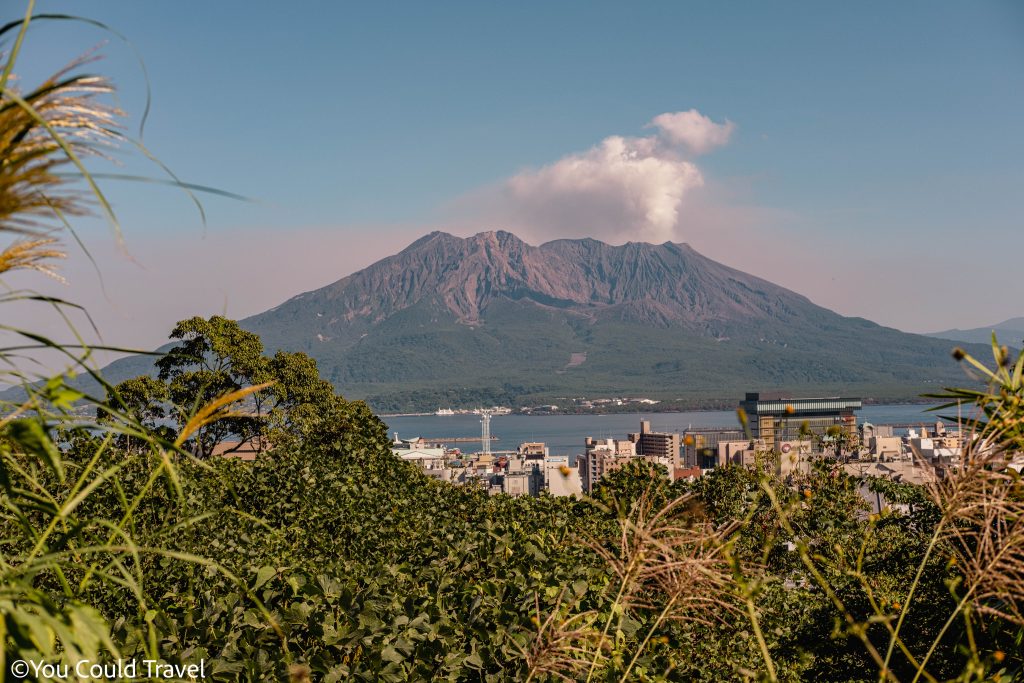


Leave a Reply